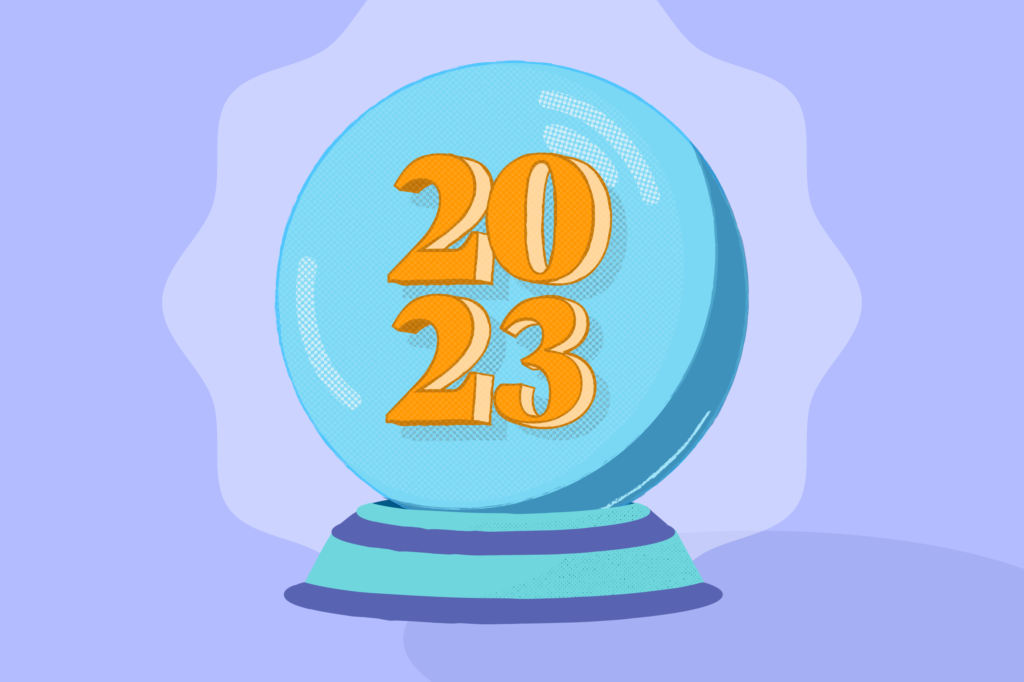Contact centers that are focused on delivering superior service are always looking for ways to improve. This makes sense when you consider rising customer acquisition costs. The reality is that customers are more fickle than ever and are perpetually looking for faster, better, and more personalized service.
While providing an excellent customer experience is a must in today’s competitive environment, it needs to be balanced with the return on investment. With a higher service level comes higher operating costs. If you want to ensure that all of your customer calls are answered in 10 seconds or less, you must have a sufficient number of agents to take these calls. Of course, calls don’t always come in at the same rate, and this means that you’re likely to have agents sitting idle during slow times.
This begs a very important question. What is a reasonable service level that maintains a high level of customer retention while still assuring profitability?
The “Theory” of Occupancy Rate
Before answering this question, it’s a good idea to consider the commonly accepted theory of occupancy rate. This contact center rule of thumb dictates that the busier your agents are, the lower your service level will be. And the more idle time that agents have, the higher the service level achieved. Yes, this theory can initially seem somewhat counterintuitive. So let’s delve a little deeper into service level goals.
How Long Will Your Customers Wait?
The first step in figuring out a reasonable service level goal for your company is to consider the length of time your customers are willing to wait for an agent to assist them. This time can vary considerably based on certain variables including
• The aggressiveness and marketing efforts of competitors
• The ease in which a customer can make a switch to a competitor
• The overall reputation of your company
• The frequency in which customers have to obtain help via the contact center
• The alternatives for obtaining help besides calling into the contact center
These variables need to be carefully reviewed prior to cutting any operating expense. By taking the time to deeply understand your customers’ reality, you can begin to determine what they are willing to accept.
How Busy Do You Want Your Agents to Be?
Of course, you want your agents to be as productive as possible. Yet, one of the biggest management mistakes made in a contact center is to be short-staffed. Often this happens after a contact center exec witnesses “too many” idle agents. The knee jerk response is to slash the number of agents to increase the team’s overall productivity.
When agents are spending more of their time visiting with their team members than assisting customers, it may seem like a wise move to reduce the number of agents. However, this frequently comes back to haunt decision makers who are focused on maintaining a high level of customer satisfaction.
While you may increase the productivity of agents in the short term by reducing the number of agents, this is often a short-sighted decision for many reasons. First, agents who become overwhelmed with calls will often increase their time spent in after-call work to catch their breath. This frequently cancels out any cost savings found in reducing staff. As well, they may become frustrated by the excessive volume of work and begin looking for other positions either within the organization or even with a competitor. This leads to additional expenditures because of high turnover and training.
Agents who stay in an environment where they are overworked can become disgruntled, and this will eventually be taken out on customers and reflect in the overall quality of the service provided. Once again, this can be a costly problem. Finally, employees who are not happy with their work environment will share their experiences with others in person and online on sites like Glassdoor. This can make it difficult to attract and retain quality employees.
Determining the Right Service Level
Every contact center can find their sweet spot where they can maximize their agents’ productivity and still maintain high levels of customer satisfaction. In fact, there is a formula that can help!
The first step is determining the existing service level. This can be calculated as follows: x % of calls answered within y seconds (for example, 80 percent of calls answered within 20 seconds).
The next step requires you to calculate the occupancy rate. This is the total logged in time minus the total idle time divided by the total logged in time. Logged in time is also called the staffed time. This is the total number of hours all agents were signed into the system to take customer calls.
Now it’s time to establish an occupancy rate goal by reviewing past data that details instances when you achieved an optimal service level. This occupancy rate is one to aim for to consistently sustain the service level goal you want. Yes, there really is a science to establishing a service level goal for a contact center! By reviewing data and observing patterns, you can set service level targets and have enough agents to accomplish them.
Defining service level goals by determining the appropriate occupancy rates eliminates much of the guess work of staffing decisions. With the optimal occupancy rate, you will not only provide the highest level of customer service, you’ll also be able to attract the best employees and offer them conditions that encourage them to do their best work. At the end of the day, skilled, happy employees will deliver better service and will ultimately help you attract and retain more customers.





